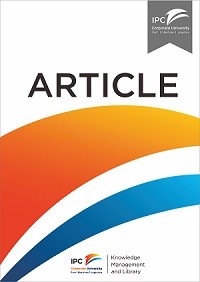Article
Dealing with uncertainty and volatility in the port industry network: social and instrumental antecedents of “clique” survival
The recent proliferation of inter-firm collaborative linkages within the container port industry is progressively shaping a complex architecture of voluntary ties among terminal operators, i.e. an inter-organizational network. Within the overall industry network, some stable groups of densely interconnected firms emerge suggesting the existence of “cliques” where firms repeatedly cooperate with each other and develop strong and durable ties. The growing pressure exerted by economic uncertainty and market volatility on clique stability stimulates a fruitful academic debate on clique survival and its determinants. The present contribution investigates social and instrumental antecedents of clique survival, focusing on equity joint ventures engaged by terminal operators in a 10-year time frame (2002–2011). For this purpose, this study introduces a longitudinal network analysis of inter-firm relationships. Research hypotheses are tested performing binomial logistic regression analysis. In line with network theory assumptions, the outcomes corroborate the explanatory role of a number of social (i.e., cultural similarity and organizational mismatch) and instrumental (i.e., the presence of core firms within the clique and clique equality) antecedents in the survival of cliques. The results, indeed, bring valuable implications for both academics and practitioners.
Ketersediaan
Informasi Detail
- Judul Seri
-
Dealing with uncertainty and volatility in the port industry network
- No. Panggil
-
ATC LO SAT g
- Penerbit
- Italy : Taylor and Francis., 2014
- Deskripsi Fisik
-
20 p.
- Bahasa
-
English
- ISBN/ISSN
-
-
- Klasifikasi
-
LO
- Tipe Isi
-
-
- Tipe Media
-
-
- Tipe Pembawa
-
online resource
- Edisi
-
Vol. 41, No. 7, 615–633,
- Subjek
- Info Detail Spesifik
-
-
- Pernyataan Tanggungjawab
-
GIOVANNI SATTA
Versi lain/terkait
Lampiran Berkas
Komentar
Anda harus masuk sebelum memberikan komentar

 Karya Umum
Karya Umum  Filsafat
Filsafat  Agama
Agama  Ilmu-ilmu Sosial
Ilmu-ilmu Sosial  Bahasa
Bahasa  Ilmu-ilmu Murni
Ilmu-ilmu Murni  Ilmu-ilmu Terapan
Ilmu-ilmu Terapan  Kesenian, Hiburan, dan Olahraga
Kesenian, Hiburan, dan Olahraga  Kesusastraan
Kesusastraan  Geografi dan Sejarah
Geografi dan Sejarah